How I Landed a Full Kitchen Project With No Portfolio
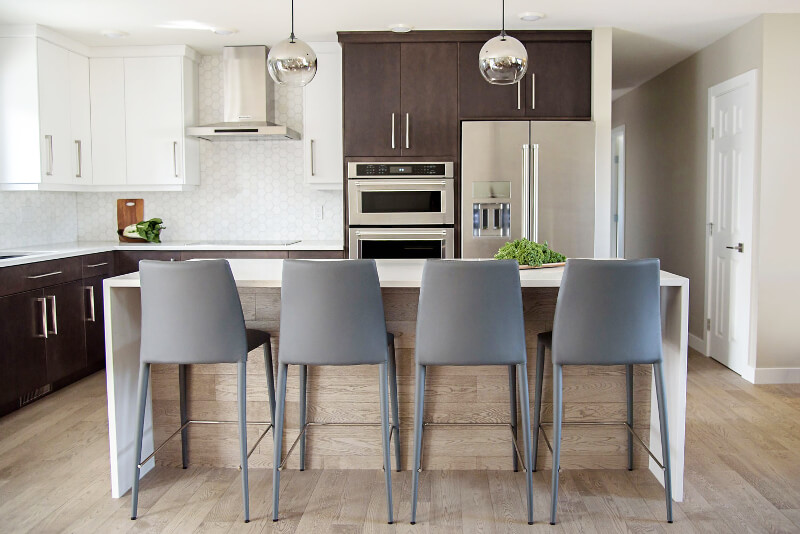
By Window Works Contributor Kelsey Grose, Farmer’s Daughter Interiors
Whether you’re just beginning your career in interior design or are forging forward with your own firm, the question is often the same: “How do I secure new clients without having a portfolio of past projects?”. While I certainly won’t claim to have all the answers, I can tell you what I did to land my first full kitchen project with no real portfolio, besides my mother’s living room that is!
My first full kitchen project came my way just three short months after opening my own interior design firm, Farmer’s Daughter Interiors. My new client, Sheri, had ventured into the design process on her own, began feeling overwhelmed, and reached out to me based on the advice of an acquaintance of hers whom I had never met. At the time, I didn’t know our first meeting would turn into a full project but looking back, perhaps here are a few reasons why Sheri trusted me to complete her kitchen renovation when I had no real portfolio to speak of, and most importantly, how you can do the same with your own potential clients.
Note:
Although we’re speaking specifically to interior designers and decorators in this post, I believe each of these principles can apply to a variety of creative or freelance businesses.
1. Make yourself available
This one should be a no-brainer but it’s amazing how many great businesses are really difficult to find or get ahold of. There are more than a few things you can do to make sure your customers can find you and oftentimes they’re without cost: Make sure all of your contact information is updated and consistent on every social media platform you are using, set up a Google ‘My Business’ account and add your company logo and photos, and register with your city’s online local business directory and link back to your site (that’s great for SEO too!). When I first started Farmer’s Daughter Interiors, I set up an account with YellowPages because I noticed they were ranking higher on Google than my brand new website was at first – just get the word out!
Make yourself available to new customers and be willing to work within their time-frame, even if it means it’s outside of usual business hours (if there is such a thing anymore!). When Sheri first reached out to me, she warned me that meeting during the day would be a struggle for her because of her work hours. I was as accommodating as possible and we were able to work around her schedule by hosting most of our meetings in the evenings which she says was a “big relief” for her from the beginning and started the project on the right foot.
2. Build your brand
Create a website as soon as you are able – the first thing a potential client is likely to do when they hear about your new business, is Google you! I know without a doubt that Sheri did just that before calling me. When creating www.farmersdaughterinteriors.com, I went the route of do-it-yourself through Squarespace because I truly wanted to learn the whole process, thoroughly enjoyed working on my site, and not to mention was on a tight budget. I have a decent amount of tech skills and felt I could handle it myself BUT, if this is not you, you’ll likely achieve more value and less stress having a developer build your site for you. Either way it’s extremely important, especially if you want to reach the up-and-coming Millennial generation. Your website is your platform through which to develop your brand and the unique aesthetic you want to communicate to your clients and I think we’re all seeing this to be true these days.

As I mentioned on LuAnn Nigara’s ‘A Well Designed Business‘ podcast (episode #167), one way to build your brand is through a blog. Use a blog page to connect with your audience (your potential clients!), develop your voice, communicate your aesthetic, and establish yourself as an expert in your field. Before I had any projects in my portfolio, in some of my first blog posts, I would take a certain design concept and break it down for readers by sharing design tips and starting conversations about design trends, products, colors, etc.
Write with intention and create posts that allow you to portray your expertise in a certain area. If you’re not sure what to write about, think of what you’re good at. Do you love creating furniture layouts? Then, write a post comparing several different layout options. Or if you adore lighting, write a post on the latest lighting trends as you see it. If you don’t have your own photos to use just yet, it’s a generally accepted practice to use photos found across the web as long as you are explicitly giving credit to the designer/photographer/source, etc and not claiming them as your own (obviously). Keep writing and generating quality content – you never know who is reading and watching. One particular post I wrote on Adding Instant Curb Appeal to your home I know for a fact gained me a client directly, even though it was six months after I published the post!
Another great benefit I’ve found with blogging is it gives you reason to be purposefully active on social media and and build trust with your audience. When your potential clients consistently see your business through new and engaging blog posts, you’ll be top-of-mind when they are ready to move forward with that project they’ve been contemplating. And when they do call you, they’ll already feel like they ‘know, like, and trust’ you, sometimes before you’ve even met.
3. Showcase your design skills
Think about it… You don’t really need to have an actual client to do some measure of design work. I’m not saying to make up fake clients (again, obviously) but rather I would draw furniture layouts and construct design boards even though I wasn’t working for a particular client. It was great practice in creating systems, improving my speed on various software programs I was using, and it allowed me to have something to produce for a client if they ever asked to see an example.
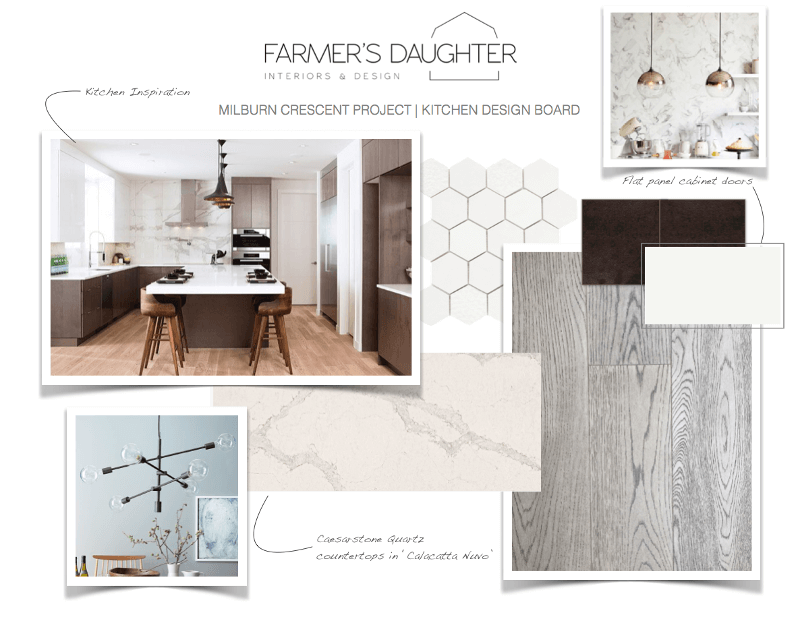
In Sheri’s case, before there was even a question of my experience, I brought a few design boards along to one of our initial meetings to show her an example of what she could expect from Farmer’s Daughter Interiors. I believe it greatly increased Sheri’s confidence in my abilities and as she says, “I felt Kelsey figured out my style quickly because she listened to all my ideas as scrambled as they were. Kelsey brought back ideas & samples quickly to me. I was inspired and happy with the direction that she was going in {and she} was easy to talk to.” Bingo!
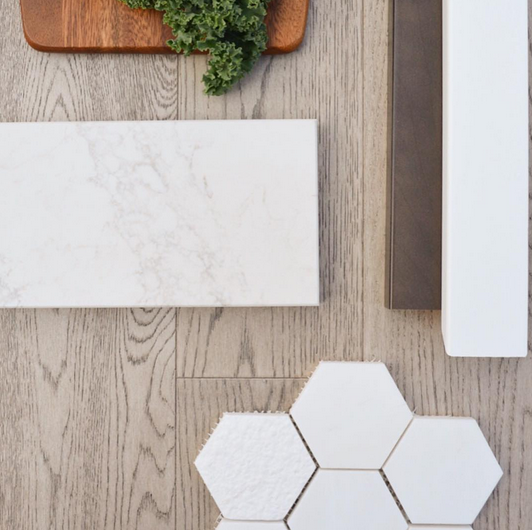
4. Referrals, referrals, referrals!
One last thing…. always ask for referrals! Typically I wait until the project is completely finished before asking for referrals but I was able to get some early testimonials from several Consultation-only clients, which I published on my site and in the occasional Facebook post. It’s hard to ‘toot your own horn’. I get it. But if you aren’t willing to say great things about your business, why would anyone else?
Happy clients will be thrilled to share a few words about how much they love their new space! Sheri said: “To me, I would not have achieved the end result we did {alone} & would have left my contractor waiting more. With Kelsey working with me I was more relaxed and confident in the choices she gave me. Kelsey was able to see the big picture and could put the pieces together to make everything work for us. We are very happy with the end result of the kitchen! I definitely have recommended Farmer’s Daughter Interiors to others and will continue to do so!”
Building a portfolio takes time, especially when working on projects that can take many months to come together to a point of being photographed and published. Start by making yourself available, begin building your brand as early as possible, create opportunities to showcase your design skills, and ask for referrals even on smaller projects! With hard work and conscious, consistent effort, I know opportunities will come your way in no time.
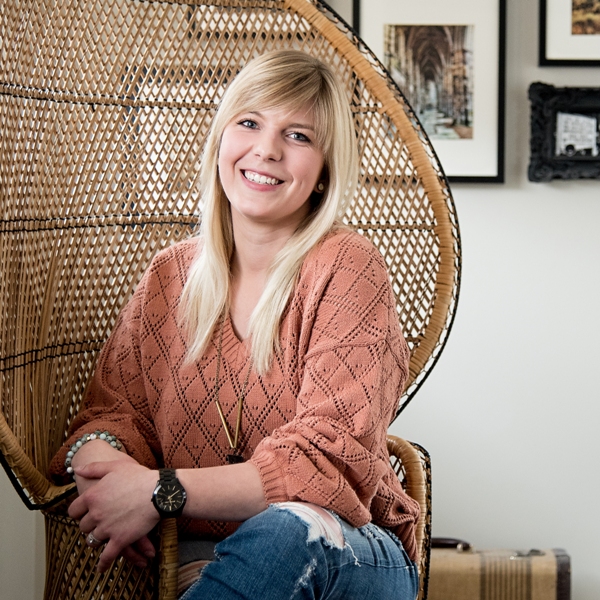
Kelsey Grose, Principal Designer, Farmer’s Daughter Interiors + Design
www.farmersdaughterinteriors.com
Facebook | Instagram | Pinterest | Houzz





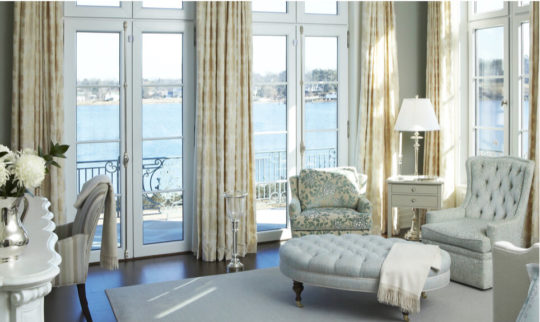
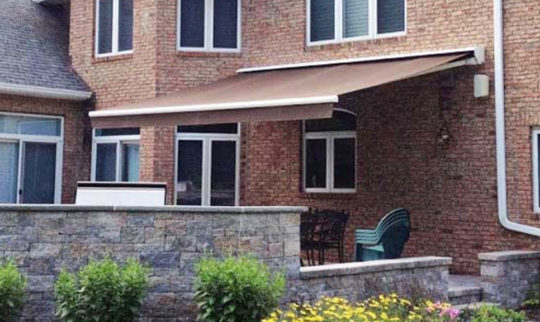
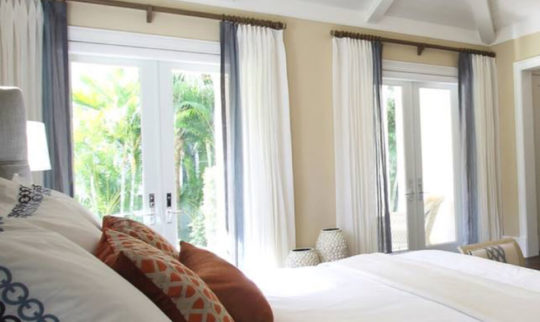
Emma
| 25 December 2019Hi! I love this article, but I am wondering what I should actually put on my website under the “portfolio” section if I just don’t have one! I decorated my own home, but the structure and paint colors are NOT my style, and my landlord won’t let us change anything. Also, my family lives far away and I don’t have friends willing to participate. Do you suggest not having a portfolio page on my website, or having mood boards / 3D renders / floor plans that I have made just for fun, or what? Thanks so much!! I really appreciate your input.